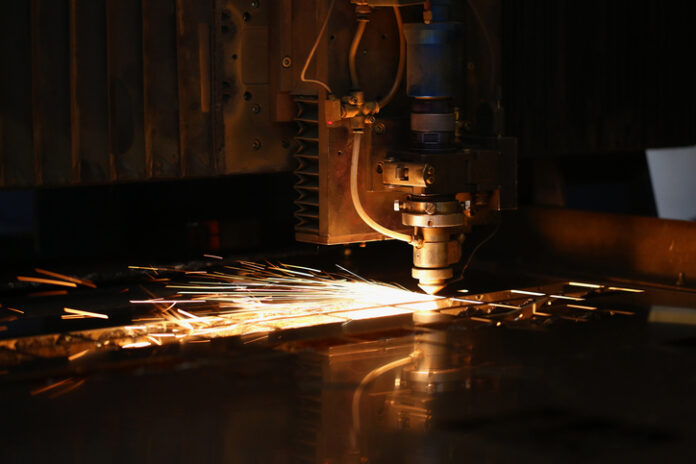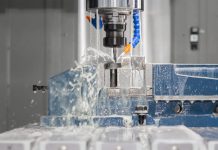Laser welding is transforming modern manufacturing through its integration with digital and automated systems. Advanced technology reshapes welding processes by driving precision, efficiency, and quality improvements. As industries increasingly adopt laser welding, they unlock new possibilities for optimizing production workflows and achieving unparalleled results in various applications.
1. CNC Programmable Laser Beam Welding
While laser welding allows for manual and automated processes, integrating it with CNC (Computer Numerical Control) helps create programmable laser beam welding. That represents a significant leap toward advanced welding. Modern Laser Welding Solutions utilizes computer programs to precisely control the laser’s positioning and movement during welding. The integration ensures consistent and high-quality welds and minimizes human error, enhancing accuracy across various applications.
By automating complex welds, CNC systems improve repeatability and accelerate production times. For example, in the medical device industry, CNC-integrated laser beam welding provides the control and precision needed for fabricating critical components like pacemakers, catheters, and drug delivery systems, facilitating low- and high-volume production with exceptional reliability.
2. Control of the Laser Beam Power Supply
The power supply is crucial to the operation of a laser beam in welding. It converts electrical energy from the mains into a specific energy suitable for driving the laser medium, which helps to melt and join materials. Hence, by precisely controlling the laser beam’s power supply, the technology allows optimal energy input tailored to various materials and geometries.
Such control enhances weld quality and accommodates complex designs, improving efficiency and reducing material waste. Expert welders like Micro Weld will undertake real-time adjustments of power levels to ensure consistent welds, minimize defects and material waste, and support high productivity, leading to significant cost savings.
The advancement also facilitates welding advanced materials, such as high-strength alloys and composites, and supports innovative applications in additive manufacturing and microelectronics. For example, experienced welders might use conduction mode welding to handle thin materials precisely, ensuring minimal thermal distortion and optimal weld quality. Controlling the laser beam power supply contributes to the digitization and automation of manufacturing processes, driving efficiency and quality in diverse industries.
3. Data-Driven Optimization
Laser welding significantly supports welding digitization and automation through its capacity to use data from monitoring sensors to enhance adaptability and quality control. Real-time monitoring stands out as a crucial element in this advancement. Modern laser welding systems consist of sophisticated sensors and analytics tools that continuously collect data on critical parameters such as power, speed, and focus. The data provides actionable insights, enabling experienced welders to refine and adjust the welding process dynamically.
Monitoring these parameters in real-time facilitates immediate corrections if deviations occur, facilitating the ability to address issues promptly. Optimizing process parameters enhances weld quality and improves overall operational efficiency. With quality Laser Welding Services, manufacturers can achieve consistent and high-quality results, reflecting the broader trend of digitization and automation in modern manufacturing.
The real-time data-driven feedback loop supports the agile adaptation of processes, driving more efficient production and contributing to the advancement of the welding industry, whether in medical devices, aerospace, or mining.
4. Ability to Integrate with Advanced Machinery
Integrating laser welding systems with advanced machinery is pivotal in advancing welding digitization. It offers significant improvements in automation, data exchange, flexibility, and efficiency. Laser welding systems seamlessly connect with automated equipment such as robots, CNC machines, and material handling systems, enhancing workflow and productivity.
The sensors and data collection tools facilitate real-time data exchange, allowing for continuous process optimization and better decision-making. Their inherent flexibility enables quick reconfiguration to adapt to changing production needs while integration with sophisticated machinery streamlines operations, reduces waste, and enhances energy efficiency. The synergy supports sustainability goals and drives down operational costs, reflecting the core principles of Industry 4.0.
In conclusion, laser welding perfectly aligns with modern industrial applications by integrating technology to create precise and predictable welds. However, to leverage these capabilities, it is essential to outsource your welding needs to a welding expert like Micro Weld, who has extensive knowledge and experience and is well-equipped to handle every aspect of your welding needs. The approach optimizes your manufacturing processes and guarantees superior results and adherence to industry standards.




































